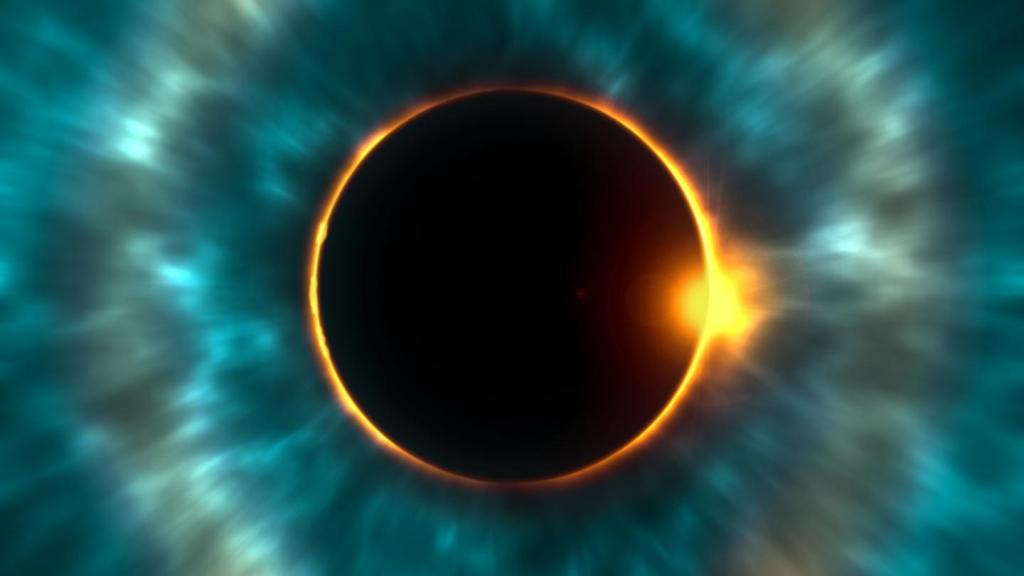October’s solar eclipse will appear as a “ring of fire” from certain locations, wowing viewers as a small sliver of the sun peeks out around the moon’s edges.
Called an annular eclipse—because it creates a ring-shaped (“annulus”) appearance of the sun—this solar eclipse will be most visible on Wednesday, October 2, over Easter Island and parts of Argentina and Chile. Additionally, a partial solar eclipse can be seen from parts of Brazil, Paraguay, Uruguay, and Hawaii.
Videos by VICE
A solar eclipse event occurs when the sun, moon, and Earth all align, with the moon blocking the view of the sun from certain angles. Solar eclipses come in three main types: total eclipse (Sun fully covered), partial eclipse (Sun partly covered), and annular eclipse (Sun’s center covered with a visible ring of light around the edges).
In an annular eclipse, explained Carolyn Sumners from the Houston Museum of Natural Science, “the moon is just not quite big enough to cover the sun.” As a result, viewers can see a circular ring of yellow or red.
Annular solar eclipses occur approximately once every 1 to 2 years on average.
The U.S. just recently experienced a total solar eclipse in April of this year, when the moon completely covered the sun, making parts of the world nearly pitch black during the daytime. We also just witnessed a partial lunar eclipse with the full Harvest Moon a few weeks ago.
If you plan on catching this eclipse—and are in the right locations to spot it—be sure to wear the proper eyewear. There is a specific type of eclipse glasses that block out ultraviolet light so you’re not damaging your eyes or vision.




